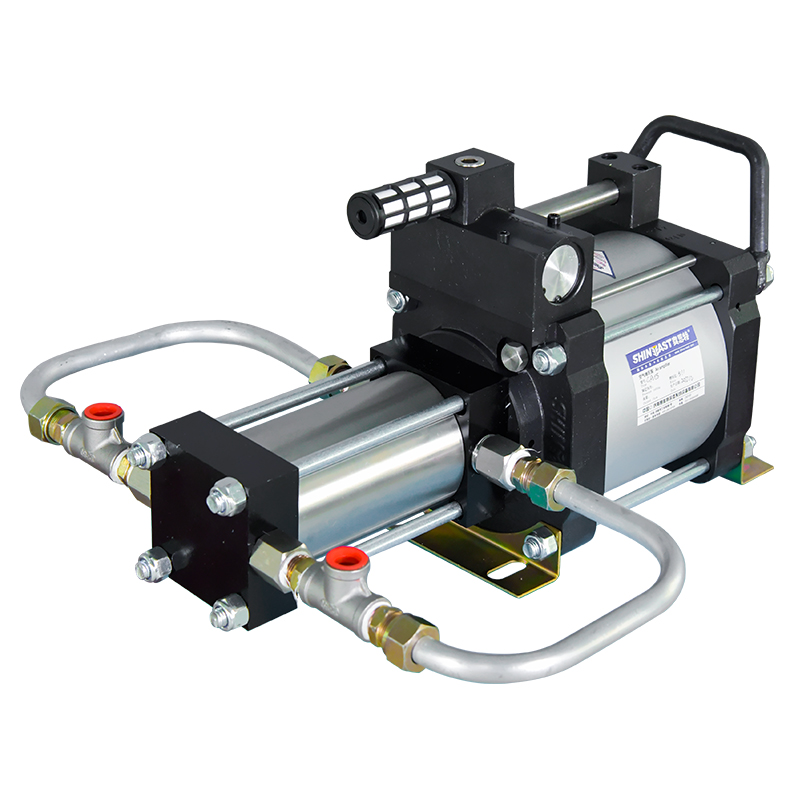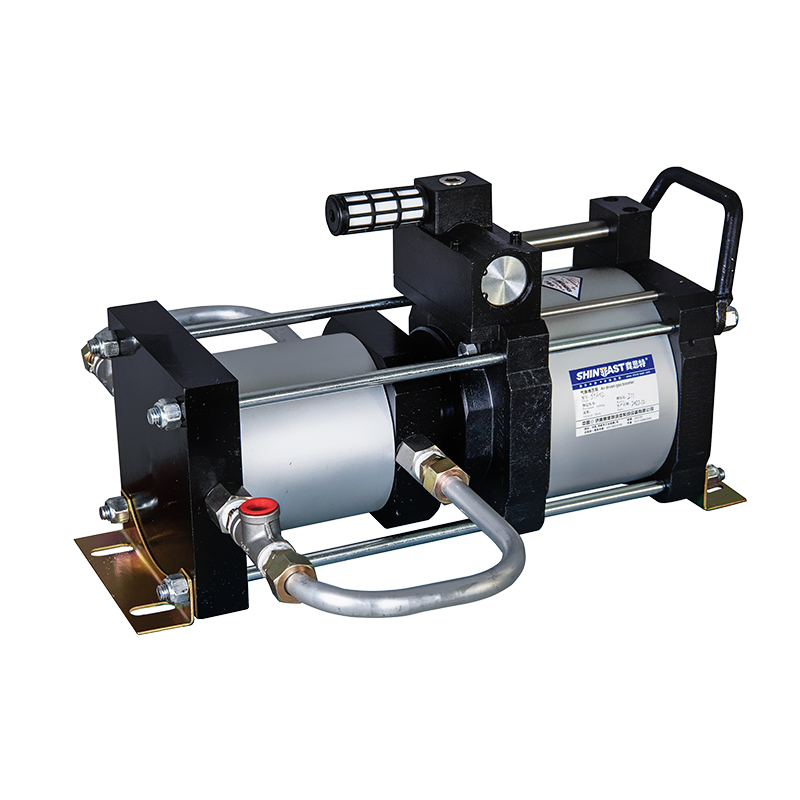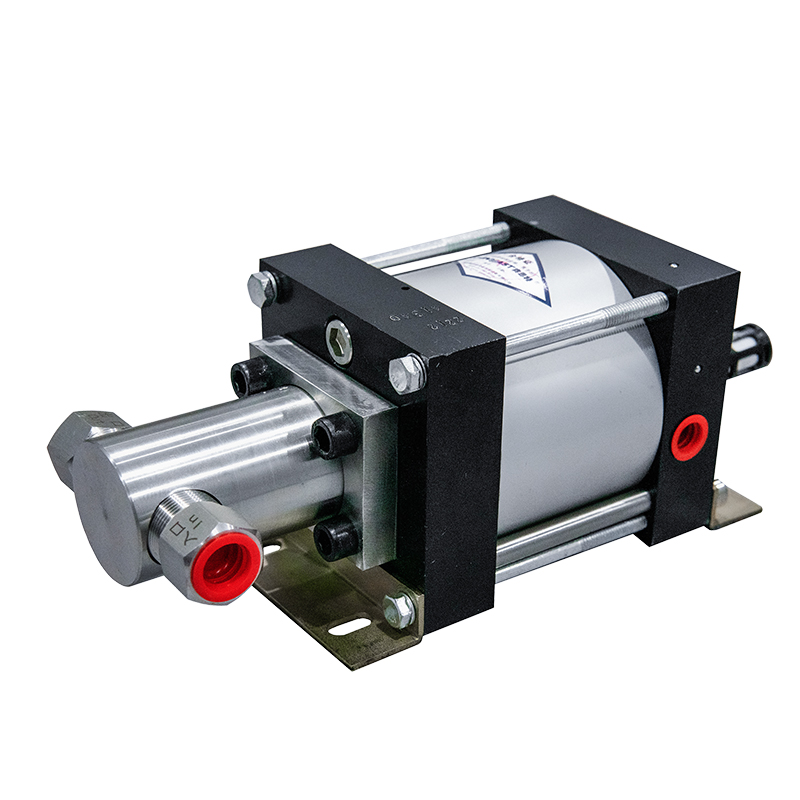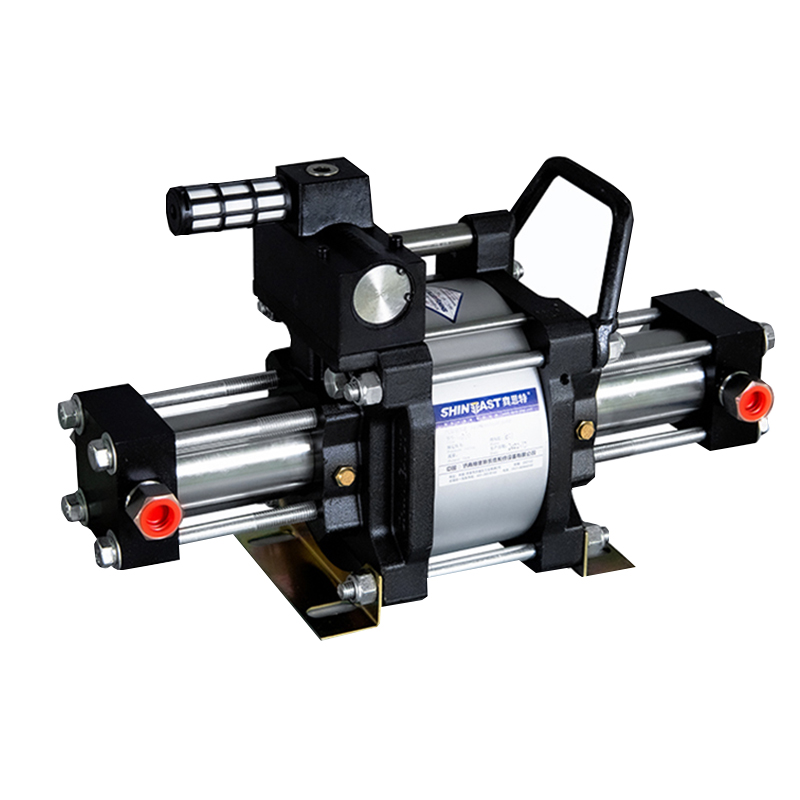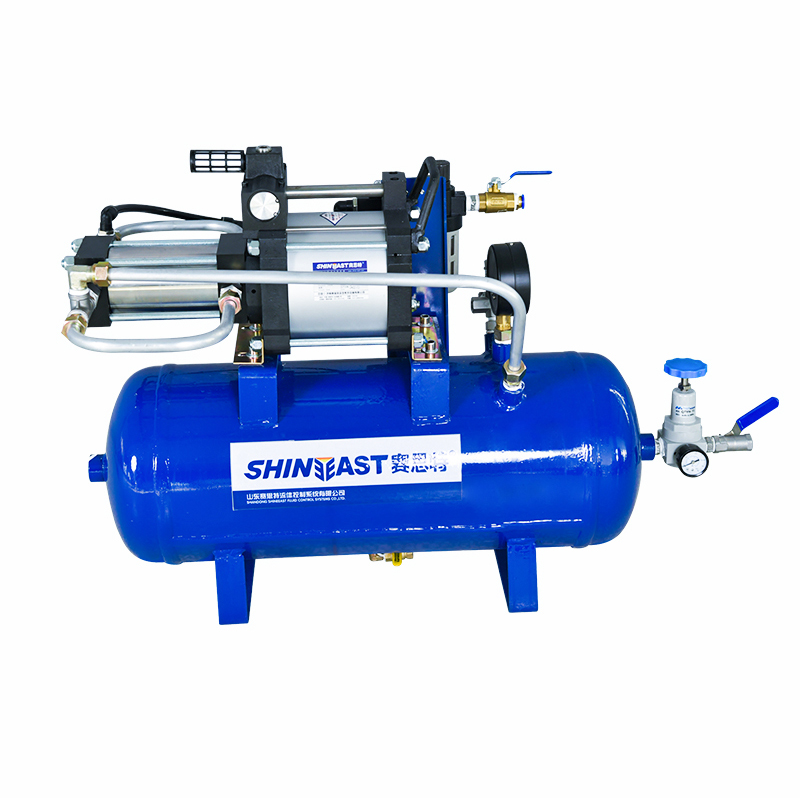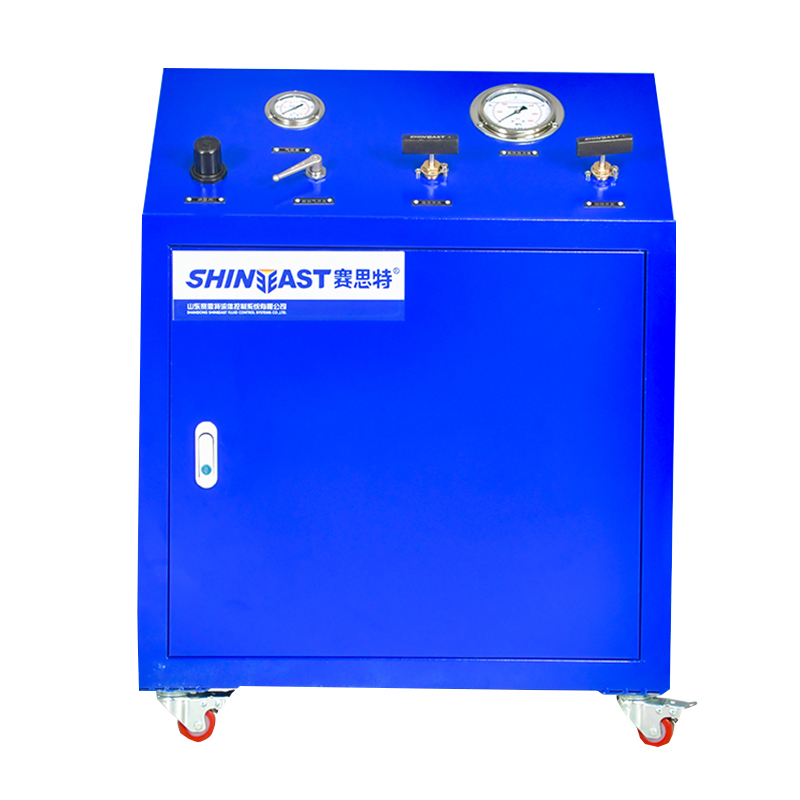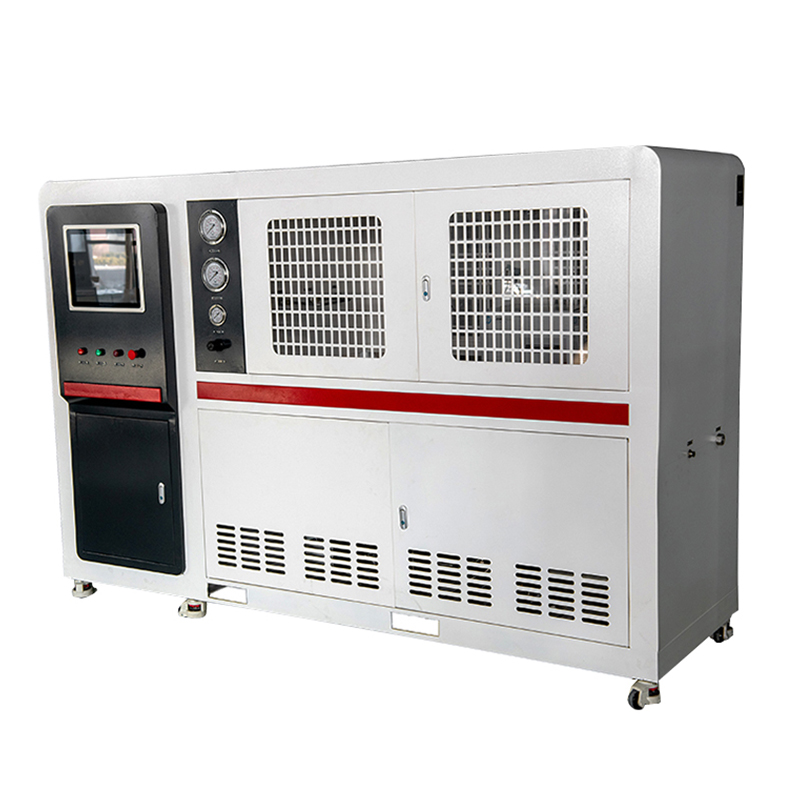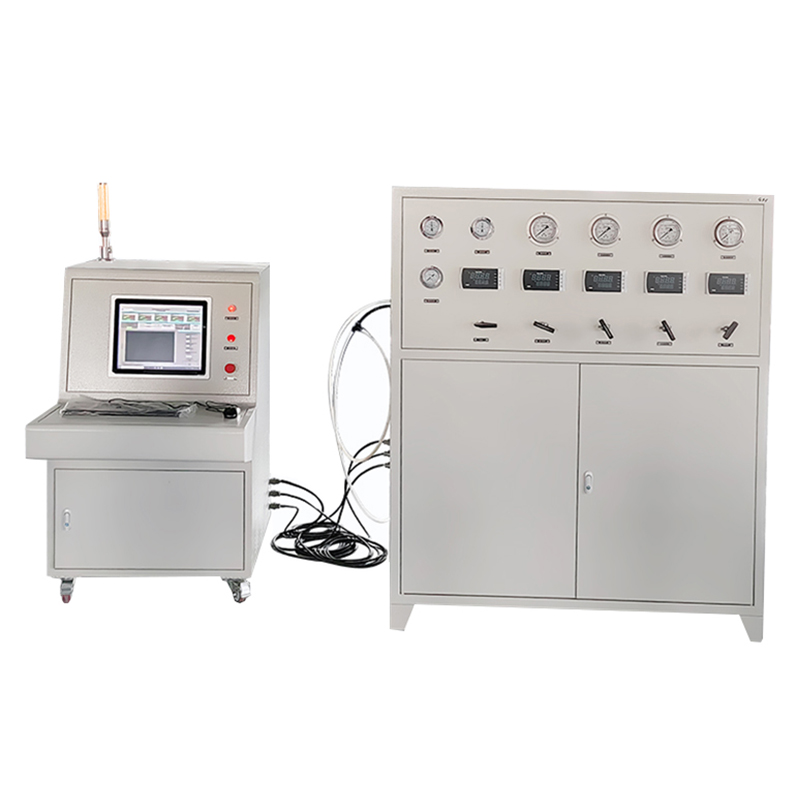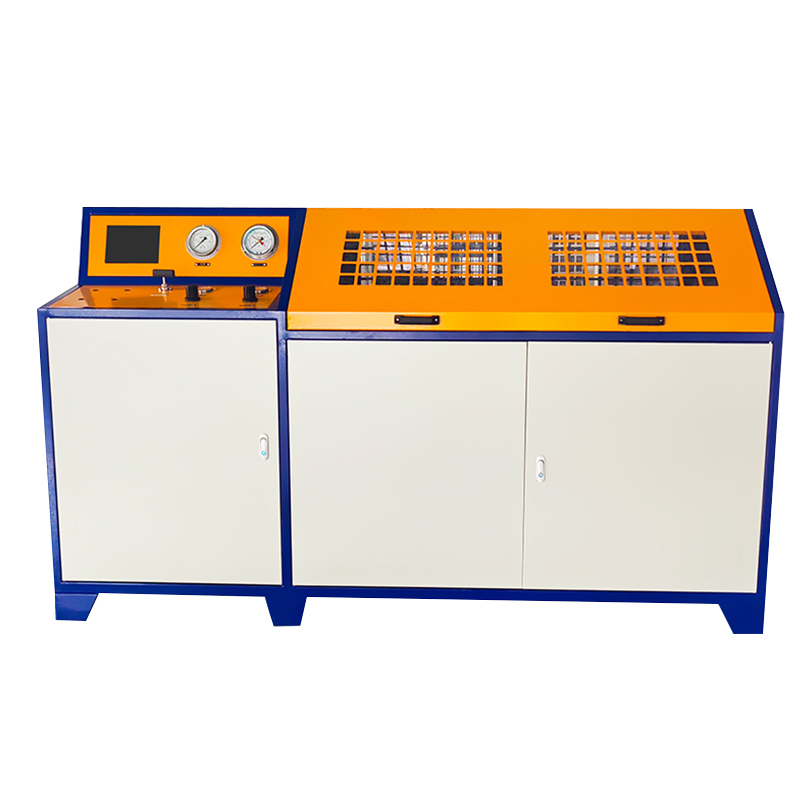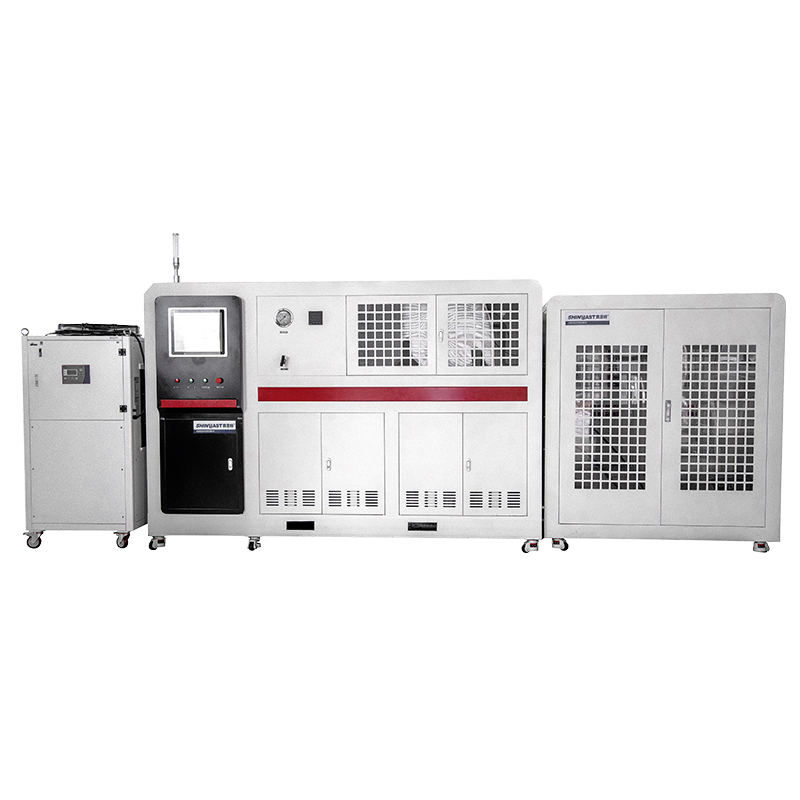Pressure gauge fatigue test is an experiment that tests whether a pressure gauge can maintain accuracy and durability under long-term and repeated pressure. By applying periodic pressure changes, simulate the stress that the pressure gauge can withstand in actual usage environments, and evaluate its performance and service life. The purpose of fatigue testing is to determine whether the pressure gauge will experience mechanical damage, reading deviation, or failure after repeated exposure to high and low pressure changes.
Select a certain number of pressure gauge samples to ensure their representativeness. According to the design of the pressure gauge, set the maximum and minimum working pressure ranges. Using fatigue testing equipment, apply repeated pressure cycles, typically including rising to the maximum pressure value and falling to the minimum pressure value, with the number of cycles set according to standards or specific requirements. During the testing process, regularly monitor the reading accuracy, pointer stability, and other key performance indicators of the pressure gauge. After the experiment is completed, check whether there is any physical damage to the pressure gauge, such as deformation of the elastic element, seal failure, etc. In addition, it is necessary to analyze whether the accuracy and repeatability of the readings meet the requirements.
The pressure gauge fatigue test bench is a specialized equipment used for fatigue testing of pressure gauges. By simulating the working state of pressure gauges under different pressure conditions, its durability and accuracy under repeated pressure are verified. This type of test bench is usually equipped with an automated control system to ensure the accuracy and efficiency of testing.
The test bench applies pressure to the pressure gauge through a pressure source, and periodically loads and unloads the pressure according to the set frequency and pressure value, simulating the pressure fluctuations of the pressure gauge during use. Through the built-in pressure sensor and monitoring system, the response and performance of the pressure gauge are detected in real time, and the test data for each cycle is recorded. After reaching the set number of cycles, stop the test and check the accuracy, sensitivity, mechanical damage, and other conditions of the pressure gauge to determine its fatigue performance.
The main components of the pressure gauge fatigue test bench are:
Pressure: including pneumatic or hydraulic pumps, used to provide the required pressure for testing, providing different stable pressures according to testing requirements, covering the calibration range of the pressure gauge.
Pressure control: used to set and adjust the pressure applied during the test process, ensuring that the pressure fluctuates within the set range, and controlling the speed of pressure increase and decrease.
Loop system: used to automate the cyclic changes of pressure, simulating the repeated high and low pressure changes that pressure gauges experience in practical applications.
Test interface: Multiple standardized pressure gauge connectors are used to connect the tested pressure gauge, ensuring good sealing and ability to withstand high-frequency pressure fluctuations during the testing process.
Monitoring system: including precision pressure sensors, data acquisition modules, and computer systems, real-time recording of pressure gauge readings, pressure curves, and fatigue conditions during the testing process. Through this system, it is possible to accurately analyze the performance changes of pressure gauges after repeated loading.
Timing and counting function: The test bench can record the number of pressure cycles per time and can set the testing time or pressure cycle count. Fatigue testing typically requires thousands of pressure cycles, and the test bench will automatically record and stop after reaching the set number of cycles.
This test bench is widely used in industrial instrument manufacturing, testing institutions, and scientific research units to ensure that pressure gauges can maintain their accuracy and durability in long-term use. It can help manufacturers optimize the design of pressure gauges to ensure they can withstand fatigue damage during long-term use. Perform fatigue testing before leaving the factory to ensure that the performance of the pressure gauge meets the standard requirements. Third party testing agencies use fatigue test benches to certify pressure gauges and verify their durability in accordance with industry standards.
CONTACT US
Please use the form below to get in touch.
If you need a reply we will get in touch as soon as possible.

